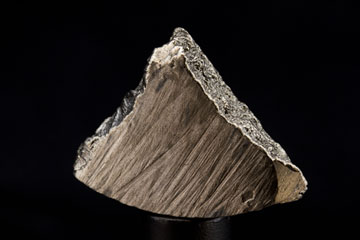
(3 of 4)
Japan, which purchases about two-thirds of China's rare-earth exports, had even more at stake. Japan's economy is much more reliant than that of the U.S. on China's rare earths because of the large number of Japanese makers of specialized magnets and other components that require large amounts of the elements. But its stockpiles of rare earths were limited, and it was so alarmed by the threat to its massive high-tech manufacturing industry that it offered more than $1 billion in subsidies to help Japanese companies find new sources of rare earths outside China, develop alternative materials and improve recycling.
That aggressive investment is paying off. Japanese manufacturers, including Sumitomo and an affiliate of Toyota, will soon be able to fulfill more than 35% of Japan's rare-earth needs from outside China, thanks to new exploration and processing efforts in Kazakhstan and India. "China wants to put pressure on Japan where they can, so they use rare earths," says Jack Lifton, a Detroit-based rare-earths expert. "But it doesn't seem to be working, except to push Japan to diversify its sources."
New production methods, too, are reducing Japan's reliance on rare-earth elements. Polishing had been the biggest single use of Japan's rare-earth imports, particularly cerium, but by using substitutes like alumina, Japanese companies have cut their total demand more than 15%. More complex solutions are also in the works. Nissan announced in November that it developed new magnets that use 40% less dysprosium for the electric motors in its Leaf hybrid.
Recycling efforts have also advanced. Shin-Etsu Chemical, a magnetmaker, is building a plant in Vietnam to extract rare earths from junked hybrid vehicles, appliances and computer hard drives. Hitachi has developed equipment to strip the materials more quickly from hard drives, compressors and air conditioners.
The global market for rare earths is small, so it may be tricky for the rest of the world to draw lessons from Japan's use of technology to sidestep China's dominance. But it's worth contemplating at a time when so many governments are cutting back on research in basic science and industrial innovation. Kotaki notes that Japan's ability to adapt helped it respond to another, bigger resource crunch--the 1970s oil crisis. "China underestimated Japan," he says. "We are full of ideas and action and [have] a capacity to respond."
Of course that hasn't been good for speculators. The price of many rare earths has dropped, and the investment bubble for rare-earth-mining companies has burst: Molycorp saw its share price plunge by nearly two-thirds last year, buffeted by falling prices and a probe by the Securities and Exchange Commission into the accuracy of its public disclosures. The company is cooperating with the investigation.
The combination of falling demand and new sources of supply has even forced China to respond, as it tries to shore up what once looked like a watertight monopoly. China's leading rare-earth producer, Inner Mongolia Baotou Steel Rare Earth Group, suspended production for two months last fall in an apparent effort to prop up prices.
